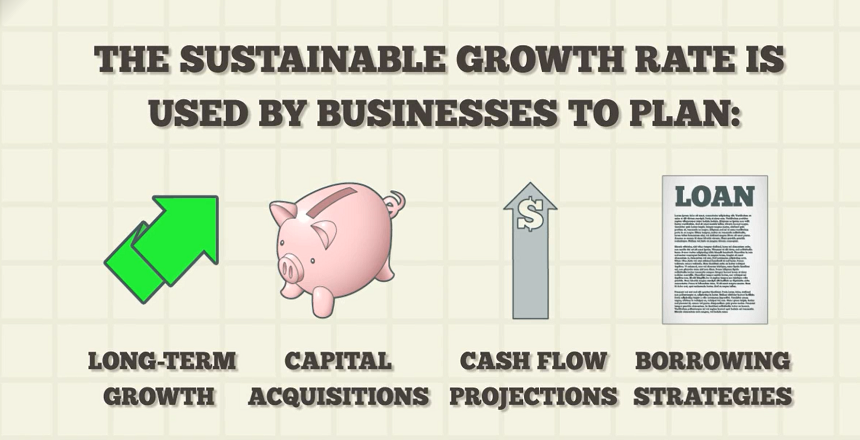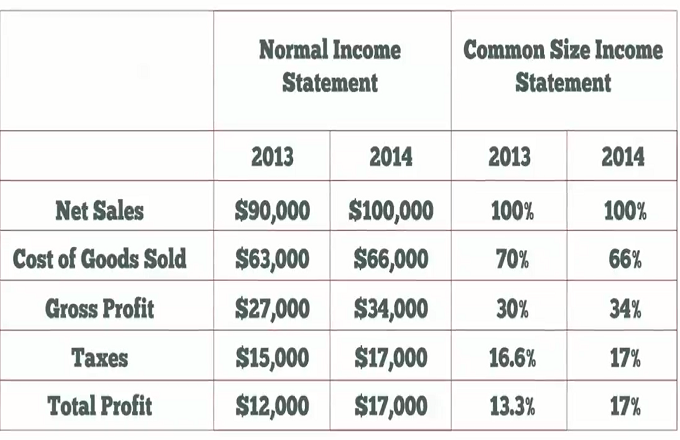The Gordon growth model is used to calculate the intrinsic value of a stock today, based on the stock’s expected future dividends. It is widely used by investors and analysts to compare the predicted stock value against the actual market price. Analysts view the difference in the two values as evidence that the stock may be under- or over-valued by the market. The Gordon growth model focuses strictly on the effect of future dividends, ignoring other factors that affect the market price of a stock, such as new products, competition and investor sentiment. Due to this focus, the model is most effective when used for large, stable companies in mature markets that have a predictable rate of dividend growth. The formula is: P = D1 / (k-g) P = stock value based on model D1 = Expected dividend per share one year from now k = Required rate of return for equity investor G = Growth rate in dividends (in perpetuity) American Auto has stock valued at $10 per share. It reliably pays a $1 dividend per share and predicts its dividend will steadily grow by 5% per year. The investor’s required rate of return is 10%. Solving the equation, we see that: P = $1 / (.10 - .05) = 20 The model says the stock is worth $20 -- $10 more than the market price. Thus, the stock may be undervalued by the market, suggesting an investor should purchase the stock.





